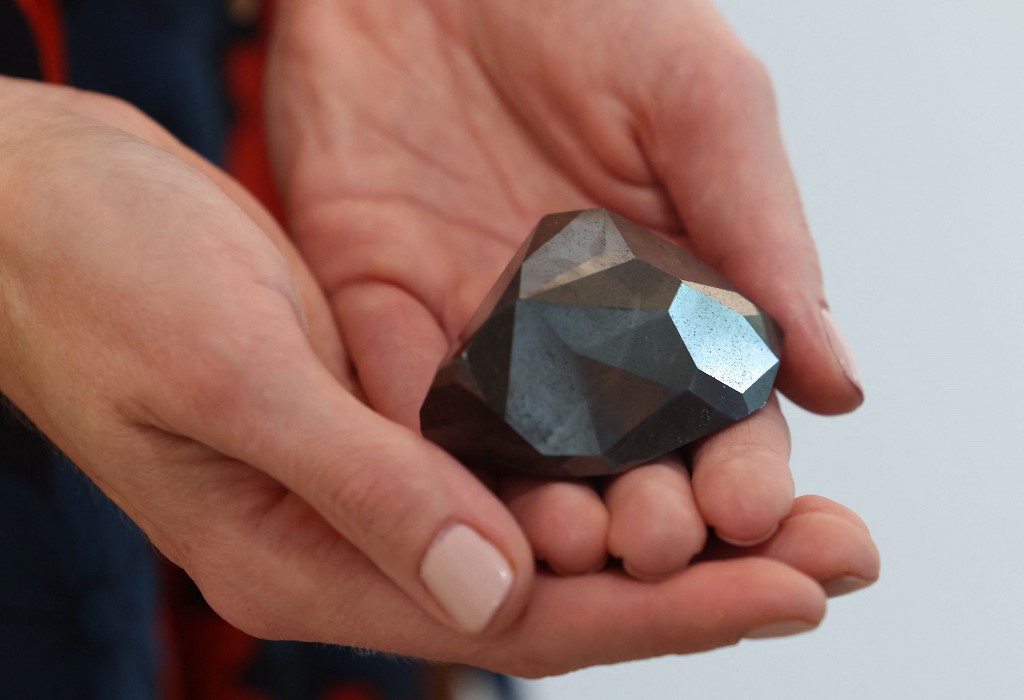15 years ago, specifically in October 2008, an astronomer in the state of Arizona (USA) discovered an 83-ton asteroid that was heading straight for the earth. He quickly called for the help of colleagues and astronomical enthusiasts, and eventually determined it exploded in the sky in the Nubian desert region of Sudan. Khartoum University students volunteered to search for its remains in the desert, and have recovered more than 600 pieces of the meteorite now named Almahata Sitta.

This is also the first time that scientists have tracked an asteroid in the sky until it turns into a meteorite they can hold in their hands. However, the interesting thing does not stop there.
The study, published in the journal Nature Communications, said the meteorite contained diamond dust of extraterrestrial origin, carrying the remnants of a planet possibly the size of Mars that disappeared 4.5 billion years ago. year.

Huge diamond block formed from the core of the white dwarf star BPM 37093. (Image: fooyoh.com).
“These specimens come from an era beyond our reach,” said author Farhang Nabiei of the Swiss Federal Institute of Technology in Lausanne (EPFL). The diamonds inside the Almahata Sitta meteorite formed during the solar system’s transition, when dust and hot gas coiled around the central star compressed into planetary embryos, before developing into actual planets. “And humanity is essentially part of the planets. It’s the story of our roots,” said Nabiei.

The Enigma diamond will be auctioned from September 3rd
On Earth, most diamonds are formed at certain depths, where there is a pressure of about 4.5 gigapascals and a temperature of about 1,200 degrees Celsius.
However, the diamonds inside the Almahata Sitta meteorite are morphomorphic only under conditions of pressure greater than 20 gigapascals, which is nearly 200,000 times the atmospheric pressure on Earth, or the equivalent pressure at a depth of 600 km, or easier to imagine a person having to hold a 100,000-ton object with bare hands.
One question is what happened to the lost world? Expert Nabiei also doesn’t know for sure, but thinks that the planet was destroyed when it was only a few million years old.
Source: Thanhnien.vn








